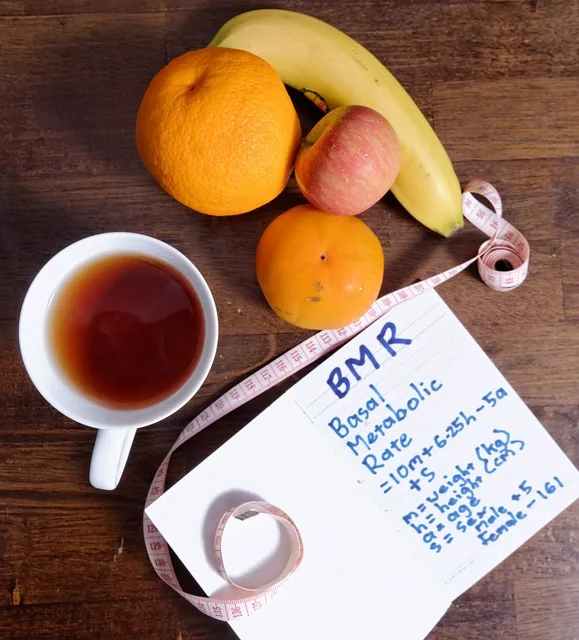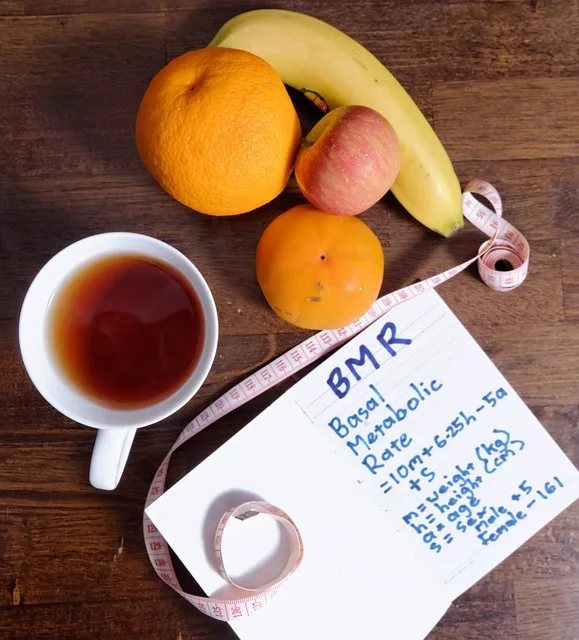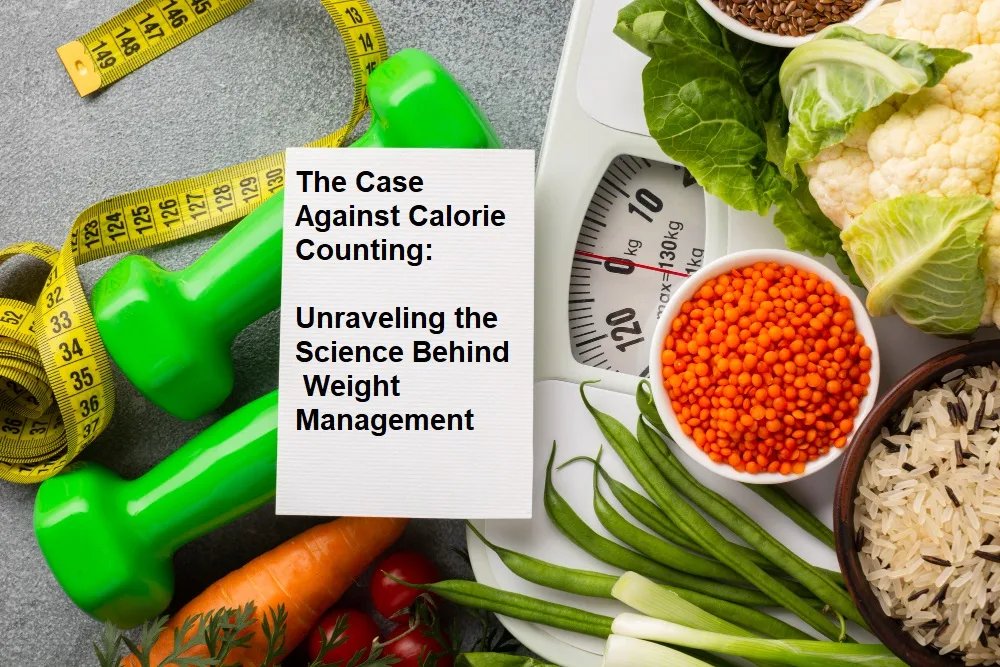The best types of cardio to lose fat are either low-intensity, low-impact, moderate cardio workouts like HIIT, biking, rowing, and running in small doses like interval training, weight training, and kickboxing.
You don’t have to do cardio to shed fat, but if you want to get in the 10 percent range or below, I can pretty much guarantee you’ll need to do at least 2 or 3 sessions per week.
Cardio machines often show pretty graphs indicating the heart rate for “cardio training” versus “fat burning”.
You calculate this magic heart rate by subtracting the age from 200 and multiplying this number by 0.6. If you keep the heart rate at this number, you’re often told you’ll be in the “fat-burning zone.”
A grain of truth
Here’s a little grain of truth.
You burn both fat and carbohydrates when you exercise, and the ratio varies with the intensity of the exercise.
A very low-intensity activity such as jogging taps primarily on fat stores, whereas a high-intensity sprint draws heavily from carbohydrate stores.
At about 60 percent of maximal exertion, your body gets half of its energy from carbohydrate stores and half from fat stores. This is why many “experts” claim that you should be working in the range of 60-70 percent of maximum exertion.
Based on the above, you might think that I’m arguing for steady-state cardio, cardio that involves keeping your effort and heart rate within a certain range, but there’s more to consider.
The first issue is the total calories burned while exercising. If you run with 100 calories, 85 of which come from fat stores, it’s not as effective as spending that time moderately burning 200 calories with 100 calories from fat. And that, in turn, isn’t as effective as spending that time doing sprint intervals that burn 500 calories with 150 calories coming from fat.
The benefits of sprinting go beyond the calories burned while exercising, though. A study by scientists at the University of Western Ontario shows us just how effective high-intensity cardio is. 1
The researchers had 10 men and 10 women train three times per week. One group is doing between four and six 30-second treadmill sprints, with four minutes of rest in between each. And the other group doing 30 to 60 minutes of steady-state cardio, running on a treadmill at a “magical fat loss zone” of 65 percent VO2 max.
The Results: After 6 weeks of training, the interval-doing subjects had lost significantly more body fat. Yes, 4 to 6 30-second sprints burn more fat than 60 minutes of incline treadmill running.
These findings are supported by several other studies, which have all shown that shorter, higher-intensity cardio sessions result in greater fat loss over time than lower-intensity sessions.
As conducted by researchers 2 3 4 5:
- Laval University
- East Tennessee State University
- Baylor College of Medicine
- University of New South Wales
Although the exact mechanism of how high-intensity cardio outperforms steady-state cardio for fat-loss purposes is not yet fully understood, scientists have isolated some factors, including the following:
- Increased resting metabolic rate for more than 24 hours after exercise
- Improve insulin sensitivity in muscles
- High levels of fat oxidation in muscle
- Significant spikes in levels of growth hormone (which aid in fat loss) and levels of catecholamines (production of chemicals in your body that directly induce fat deposition)
- Appetite suppression after exercise6
High-intensity interval training not only burns more fat in less time than steady-state cardio, but it also preserves muscle size and improves performance.
Research has shown that the longer your cardio sessions are, the more they erode strength and hypertrophy. 7
Thus, when we’re talking about maximizing your gains in the weight room and preserving your muscle mass, it’s important to keep your cardio sessions short. Only high-intensity interval training allows you to do this and burn enough fat to make it worthwhile.
Way to cardio to lose fat, not muscle
Soon you’re going to be enjoying explosive muscle growth and rapid fat loss by doing relatively short, stimulating workouts and achieving results others can only dream about.
You’ll never exhaust yourself with hours and hours of grueling cardio. In fact, if you’re like me, you’ll come to enjoy cardio sessions because they improve your performance and overall health without eating up a large chunk of your free time.
I love the recumbent bike for my cardio, and here’s how I do it:
- I start my workouts with a low intensity warm-up of 2-3 minutes at the lowest resistance
- Then I bump up the resistance to several levels, so I have something to pedal, but not so much that my quad fries in just one bout, and pedal as fast as I can, for 30-45 seconds
- I then reduce the resistance to its slowest setting and pedal at a moderate pace for 45-60 seconds. If you’re new to HIIT, you may need to increase this rest period to 90-120 seconds.
- I then repeat this cycle of all-out and recovery intervals for 25-30 minutes.
- I end with a cool-down of 2-3 minutes at a low intensity.
If you want to do a different form of HIIT cardio, such as rowing, sprinting, swimming, jump roping, or anything else that allows it, go for it.
You can apply the same simple principles: Relatively short bursts of maximum effort elevate your heart rate, followed by low-intensity recovery periods that bring it back down to normal levels.
If you want to incorporate some steady-state cardio into your routine, that’s fine too. Just know that it’s not as effective for fat loss purposes and if you do it too much, you can reduce muscle growth.
As far as my concern, you wouldn’t do more than 45-60 minutes of steady-state cardio in one session, and in terms of weekly frequency, we’ll discuss that in a minute.
Best time to do cardio
When you do your cardio in relation to your lifting matters.
Researchers at RMIT University worked with well-trained athletes in 2009 and found that “combining resistance exercise and cardio in the same session can inhibit genes for anabolism.” 8
In layman’s terms, they found that the combination of endurance and resistance training sends “mixed signals” to the muscles. Cardio suppressed anabolic hormones such as IGF-1 and MGF before resistance training, and cardio increased the breakdown of muscle tissue after resistance training.
Several other studies, such as those conducted by researchers at the Children’s National Medical Center, Waikato Institute of Technology, and the University of Jyväskylä in Finland, came to the same conclusion: Training for both endurance and strength simultaneously minimizes your gains on both fronts. It is far better to train purely for strength or purely for endurance in a workout. 9 10 11
Cardio before lifting also depletes your energy and makes heavy training difficult, which in turn stunts your muscle growth.
Therefore, I recommend that you separate the weightlifting and cardio sessions by at least a few hours, if possible. Wake up early in the morning and do your cardio after work, before dinner.
If you don’t have a way to split the cardio and weightlifting, do your weight training first, as cardio will first drain the energy you want for the lifting. Although this arrangement is not ideal, it is not a major problem. You can still do well on your program.
If you can, consume a protein shake after your weight lifting and before cardio, as it will help you reduce your muscle breakdown.
Frequency of cardio
In terms of frequency, here’s how you do it:
- For bulking up, you do two 25-minute HIIT sessions per week.
- For cutting, you do three to five 25-minute HIIT sessions per week.
- When maintaining, you do two to three 25-minute HIIT sessions per week.
- You never do more than five cardio sessions per week, as you’ve found that if you do, your strength in the gym starts to wane.
Many people are shocked to learn that I do no more than 1.5 to 2 hours of cardio per week while cutting, but have been able to get to 6 to 7 percent body fat with ease. Well, the idea that you have to do a ton of cardio to get shredded is a complete myth, It’s not only unnecessary, but also unhealthy.
Bottom line
You don’t have to do cardio to shed fat, but if you want to get in the 10 percent or below range, I can pretty much guarantee you’ll need to do at least two to three sessions per week.
If you want to stick with steady-state cardio or incorporate it into your routine, stick to the frequency recommendations above. You can mix and match modalities (HIIT versus low-intensity steady-state, or LISS), but I still wouldn’t do more than five sessions per week.12
- Macpherson RE, Hazell TJ, Olver TD, Paterson DH, Lemon PW. Run sprint interval training improves aerobic performance but not maximal cardiac output. Med Sci Sports Exerc. 2011 Jan;43(1):115-22. doi: 10.1249/MSS.0b013e3181e5eacd. PMID: 20473222.[↩]
- Tremblay A, Simoneau JA, Bouchard C. Impact of exercise intensity on body fatness and skeletal muscle metabolism. Metabolism. 1994 Jul;43(7):814-8. doi: 10.1016/0026-0495(94)90259-3. PMID: 8028502.[↩]
- Jeffrey W. King, “A Comparison of the Effects of Interval Training vs. Continuous Training on Weight Loss and Body Composition in Obese Pre-Menopausal Women” (Thesis, East Tennessee State University, 2001), http://static.ow.ly/docs/Interval Training v Continuous Training_5gS.pdf[↩]
- Melanson EL, Sharp TA, Seagle HM, Horton TJ, Donahoo WT, Grunwald GK, Hamilton JT, Hill JO. Effect of exercise intensity on 24-h energy expenditure and nutrient oxidation. J Appl Physiol (1985). 2002 Mar;92(3):1045-52. doi: 10.1152/japplphysiol.00706.2001. PMID: 11842038.[↩]
- Trapp EG, Chisholm DJ, Freund J, Boutcher SH. The effects of high-intensity intermittent exercise training on fat loss and fasting insulin levels of young women. Int J Obes (Lond). 2008 Apr;32(4):684-91. doi: 10.1038/sj.ijo.0803781. Epub 2008 Jan 15. PMID: 18197184.[↩]
- Stephen H. Boutcher, “High-Intensity Intermittent Exercise and Fat Loss”, J Obes. 2011; 2011: 868305. doi: 10.1155/2011/868305. PMCID: PMC2991639. PMID: 21113312.[↩]
- Gergley JC. Comparison of two lower-body modes of endurance training on lower-body strength development while concurrently training. J Strength Cond Res. 2009 May;23(3):979-87. doi: 10.1519/JSC.0b013e3181a0629d. PMID: 19387377.[↩]
- Hawley JA. Molecular responses to strength and endurance training: are they incompatible? Appl Physiol Nutr Metab. 2009 Jun;34(3):355-61. doi: 10.1139/H09-023. PMID: 19448698.[↩]
- Nader GA. Concurrent strength and endurance training: from molecules to man. Med Sci Sports Exerc. 2006 Nov;38(11):1965-70. doi: 10.1249/01.mss.0000233795.39282.33. PMID: 17095931.[↩]
- Leveritt M, Abernethy PJ, Barry BK, Logan PA. Concurrent strength and endurance training. A review. Sports Med. 1999 Dec;28(6):413-27. doi: 10.2165/00007256-199928060-00004. PMID: 10623984.[↩]
- Häkkinen K, Alen M, Kraemer WJ, Gorostiaga E, Izquierdo M, Rusko H, Mikkola J, Häkkinen A, Valkeinen H, Kaarakainen E, Romu S, Erola V, Ahtiainen J, Paavolainen L. Neuromuscular adaptations during concurrent strength and endurance training versus strength training. Eur J Appl Physiol. 2003 Mar;89(1):42-52. doi: 10.1007/s00421-002-0751-9. Epub 2002 Dec 14. PMID: 12627304.[↩]
- Source: Bigger Leaner Stronger: The Simple Science of Building the Ultimate Male Body. By Michael Matthews. Available here: https://amzn.to/3S7dyYD[↩]














